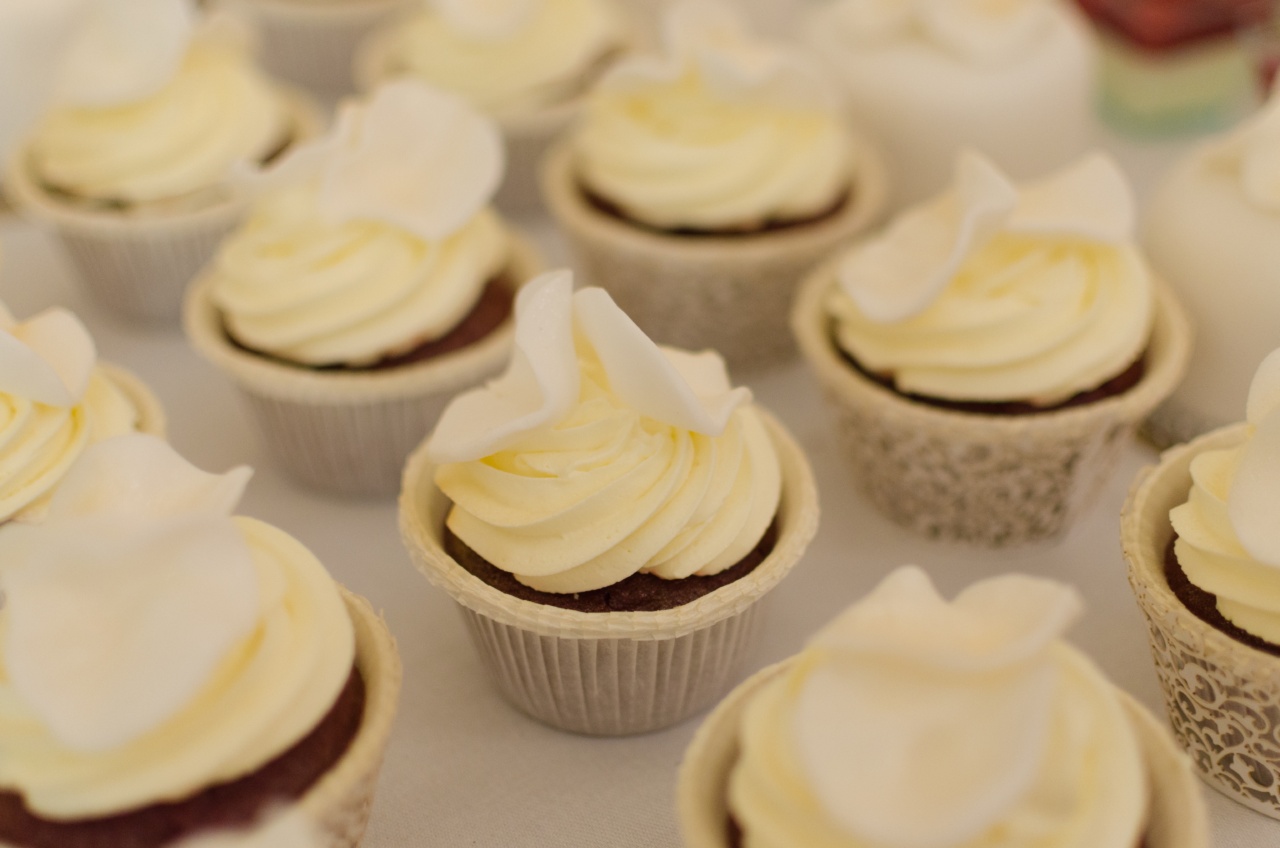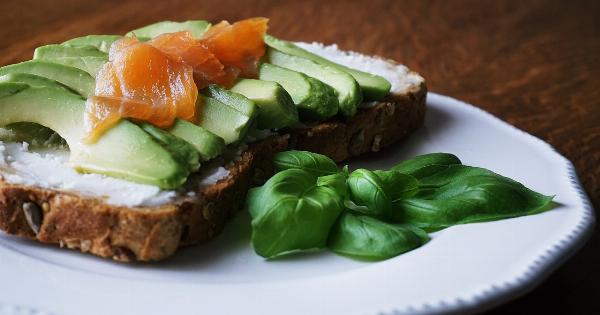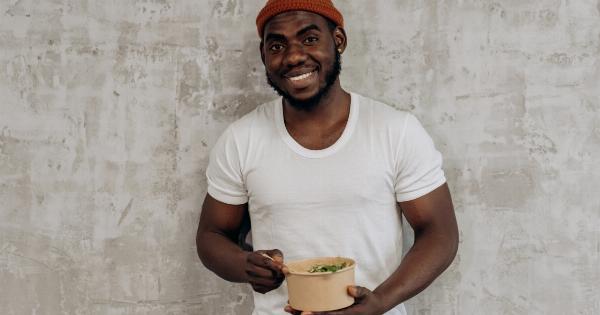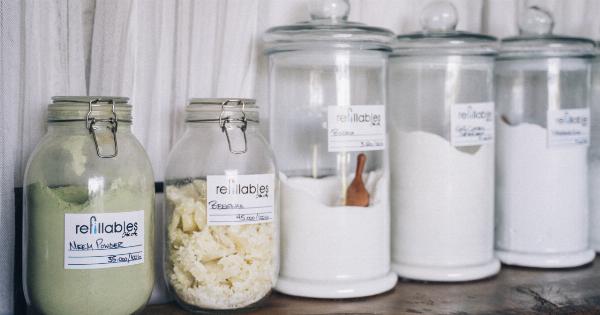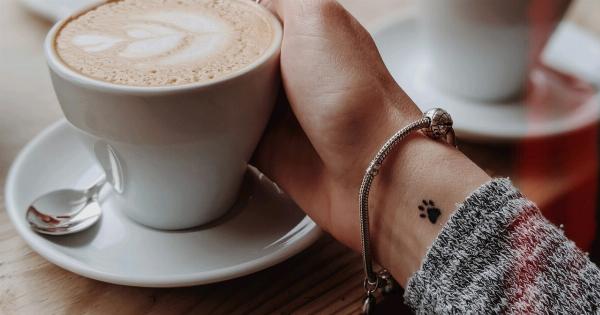Chocolates are considered the symbol of love around the world – breaking a chocolate bar together, sharing a box of chocolates and offering chocolate candies to someone special are all common romantic gestures.
But have you ever wondered why chocolate has become so deeply linked to love and romance? In this article, we explore the romantic link between chocolate and love.
The History of Chocolate as an Aphrodisiac
Chocolate has been linked to enhancing romantic feelings and sexual desire for centuries. The ancient Mayans and Aztecs were the first to discover the aphrodisiac qualities of chocolate.
They considered chocolate as a sacred plant, and believed it had the power to boost fertility, increase desire, and improve a person’s mood.
During the 16th century, the popularity of chocolate as an aphrodisiac skyrocketed. Montezuma, the Aztec emperor, drank gallons of cocoa before engaging in sexual activities.
Casanova, known as one of the world’s greatest lovers, was also an avid chocolate eater, and often fed his lovers chocolate during their romantic relationships. This played a big part in spreading the love and chocolate phenomenon throughout Europe.
Chemical Composition of Chocolate
So, what makes chocolate so romantic? Part of the answer lies in the chemical composition of chocolate.
Chocolate is composed of several compounds, including theobromine, caffeine, and phenylethylamine, which have effects on the brain and body and help promote feelings of joy, happiness and affection. Here’s how they work:.
- Theobromine: Theobromine is a stimulant found in chocolate, which has similar effects to caffeine. It can produce a feeling of euphoria, stimulate the heart, and dilate blood vessels, giving a person a pleasurable sensation.
- Caffeine: Caffeine is another stimulant found in chocolate. It is a mild central nervous system stimulant that makes people feel more alert and awake, and it can also elevate the heart rate, aiding in feelings of excitement and energy.
- Phenylethylamine: Phenylethylamine, also called the ‘love drug,’ is a chemical compound that releases endorphins in the brain, which are responsible for feelings of lust, giddiness, and pleasure. Phenylethylamine levels in chocolate are higher when it’s nearly dark and when the product is made from high-quality cocoa beans, as opposed to low-quality ones.
Dark Chocolate and Love
Dark chocolate, in particular, has become the preferred form of chocolate for promoting love and passion.
The reason is that dark chocolate generally contains more cocoa solids, which means it has higher levels of phenylethylamine and other compounds that promote feelings of pleasure.
Dark chocolate also has flavonoids, which are antioxidants that help decrease blood pressure, lower the risk of heart disease, and improve blood flow. Good blood flow, a healthy heart, and lowered blood pressure are all beneficial for sexual health.
These factors combined are what makes dark chocolate highly regarded as an aphrodisiac.
The Psychology of Chocolate and Romance
Aside from the chemical compounds found in chocolate, the psychology of chocolate and romance also plays a significant role in the love-chocolate link.
Chocolate has sensory properties that stimulate pleasurable feelings, contributing to the physiological and emotional benefits that chocolate consumption carries.
The shape, smell, texture, and flavour of chocolate all activate feelings of pleasure in the brain. The sweetness of chocolate can trigger childhood memories of happy times, and its texture can be satisfying and pleasing to the senses.
Furthermore, the ritual of exchanging chocolates has been linked to feelings of friendship, love, and appreciation. Thus, consuming chocolate can produce a feeling of closeness and attachment, contributing to its romantic allure.
Conclusion
Chocolate has been used as a romantic gift and perceived as an aphrodisiac for centuries. Its effects on the brain, body, and emotions make it an ideal confectionery for the expression of love and passion.
As we discover more about chocolate’s chemical composition and psychological effects, we better understand why it’s so deeply linked to romantic notions of love and intimacy. With the right mix of compounds and rituals, chocolate will always be the ultimate symbol of saying “I love you.”.
